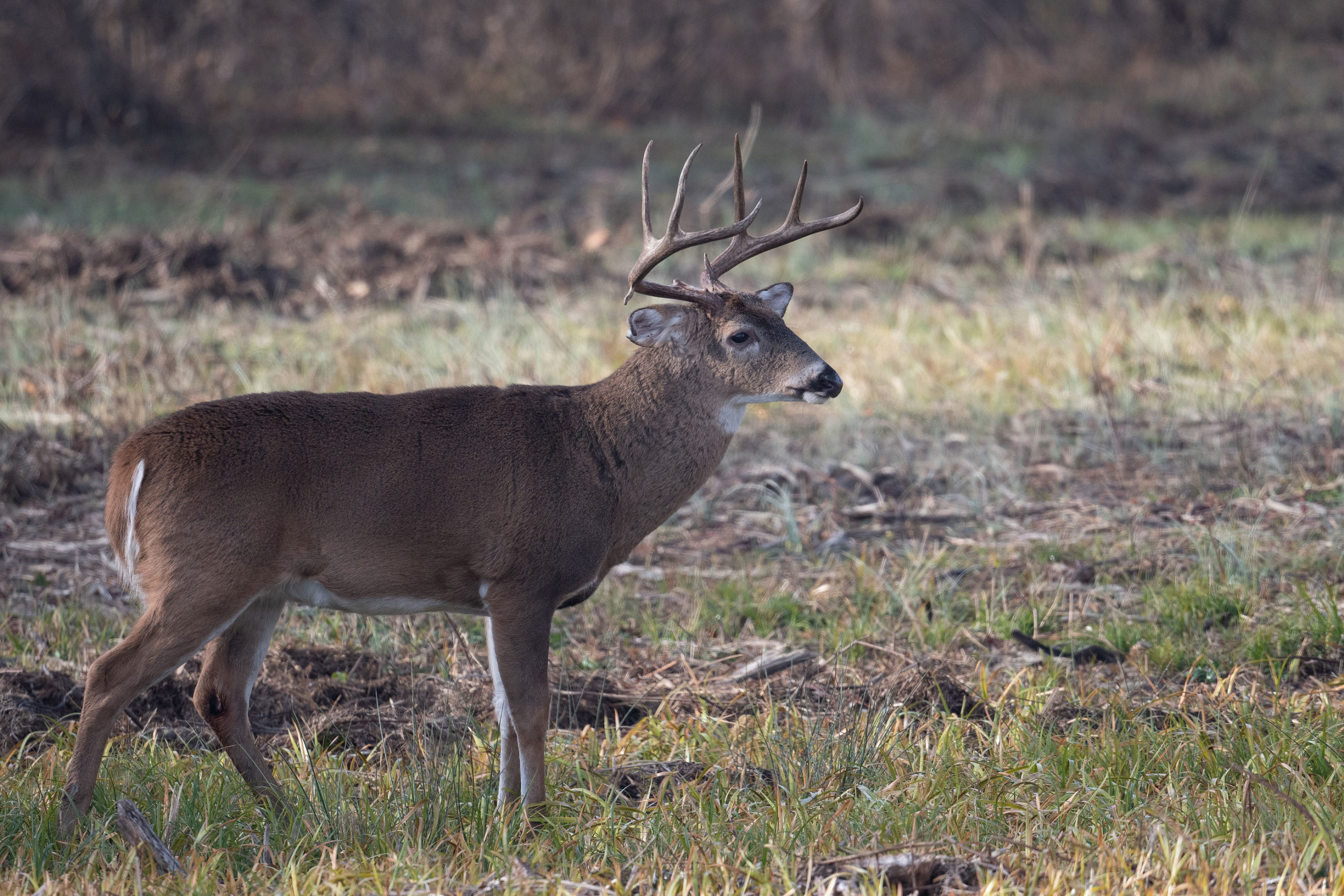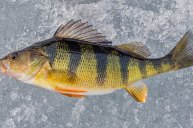The Lacey Act has been around since 1900. Here's what it is and what it means to outdoor conservation.
Most outdoorsmen and women have heard of the Lacey Act, and they can probably get close to guessing its main objective. But how much do we really understand about one of the biggest wildlife protection mechanisms our country has?
Knowing that the Lacey Act has been on the books for over a century, can we say it has actually worked for our native fish and wildlife? Are there things that prove it's effective?
There are some nuances for sure, since the Act is also meant to regulate and prevent the unintentional spread of invasive species. That's music to the ears of an angler who knows how bad zebra mussels can be a favorite fishery. But if you ask a Texas rancher about wild hogs, which were introduced in the 1930s, you'll find another perspective altogether.
Does the Lacey Act regulate too much, not enough, or just the right amount? Let's look into it.
Lacey Act Defined
The U.S. Fish & Wildlife Service shares the fundamental meaning of the Lacey Act, and we can pretty clearly see why it was passed.
"Under the Lacey Act, it is unlawful to import, export, sell, acquire, or purchase fish, wildlife or plants that are taken, possessed, transported, or sold: 1) in violation of U.S. or Indian law, or 2) in interstate or foreign commerce involving any fish, wildlife, or plants taken possessed or sold in violation of State or foreign law."
Basically speaking, the law covers all fish and wildlife parts or products, plus plants that are protected by the Convention on International Trade in Endangered Species of Wild Fauna and Flora (CITES) and those protected by the laws of individual states.
And interestingly enough, "Commercial guiding and outfitting are considered to be a sale under the provisions of the Act." It's there that hunting and fishing practices become avenues for the Lacey Act to be applied, but it's become a wide-ranging tool used in many diverse situations.

The Lacey Act was introduced to Congress by Rep. John F. Lacey, an Iowa Republican, and has since undergone many amendments designed to upgrade and enhance its legal enforcement of our wildlife protection. On May 25, 1900, President William McKinley signed the Lacey Act into law, making it he first federal law protecting wildlife. Barely a year later, the Act declared its first major victory, when 48 men from Illinois were arrested for trying to ship over 22,000 ducks, quail and grouse.
In a 2008 update to the Lacey Act, other provisions were made to cover a wider variety of plant and animal parts. For instance, bear gall bladders and bile were an increasing reason why black bears in North America were being poached, negatively affecting their populations in some regions.
The Act also helped protect the burls of giant redwood trees, which were regularly being cut off and sold for ridiculous prices on the black market, causing major damage to many of the ancient trees.
When interpretations leave room for such varying usage, you can see how the Lacey Act has helped shape the overall wildlife conservation-based viewpoint. When there are laws in place, it shows the level of importance and value we place on certain things.
Why It Works
I've lived in an era when game laws, licensing, and bag limits are a part of my life. I've never acted like I know better, and I try to trust in the decisions made by those in charge. I think, to a wider degree, the Lacey Act represents those same sort of ideals. There's value to assign to these things, and they all deserve considerable support and protection.
There's no reasonable argument to be made that these laws shouldn't be in place.
Ultimately, I believe that without legislation like the Lacey Act, too many crooked people would be getting away with proverbial wildlife murder.
One visit to the Office of Law Enforcement page and you will find an updated list of species that are listed as hazardous to our country. The Act authorizes the Secretary of the Interior to identify any wildlife deemed to be harmful "to human beings, to the interests of agriculture, horticulture, forestry, or to wildlife or the wildlife resources of the United States" and declare them "injurious."
The maximum penalty for breaching the injurious wildlife portions of the Lacey Act is up to six months in prison, and could include fines of $5,000 for individuals and $10,000 for organizations or groups. There are serious repercussions for aiding the spread of invasive, damaging species.
If you ask most people, that's the way it ought to be.
Natural Resources

We need to remember that as outdoorsmen and women we have a responsibility to more than just the animals that we hunt and fish, but also to the forests that generate timber and to the plants and plant products that are essential to local habitats.
Due to the provisions of the Lacey Act, the U.S. government and the U.S. Department of Agriculture have the ways and means to enforce conservation laws, with real criminal penalties backed by the Department of Justice.
This is an important tool to defend against the illegal trade of plants and animals from foreign countries, and from improper interstate trafficking of wildlife. The U.S. Lacey Act declarations can stop illegal wood and timber imports in their tracks, as well as stopping the illegal movement of game animals of all kinds.
Other important parts of the ecosystem are shielded by the Lacey Act, including amphibians, reptiles, mollusks, and crustaceans. It's an entire chain of protection, affecting far more than just the deer on a high-fenced farm.
Thanks to the men and women of conservation law, we've got a way of enforcing the Act. But it's still important to know about, and respect, what the Lacey Act means at its core.
Looking for a little more or even hot lunch for your hunting blind? Follow my webpage, or on Facebook and Twitter.
NEXT: PEOPLE ARE STEALING BIRCH TREES IN WISCONSIN AND IT'S PRETTY PATHETIC
WATCH





